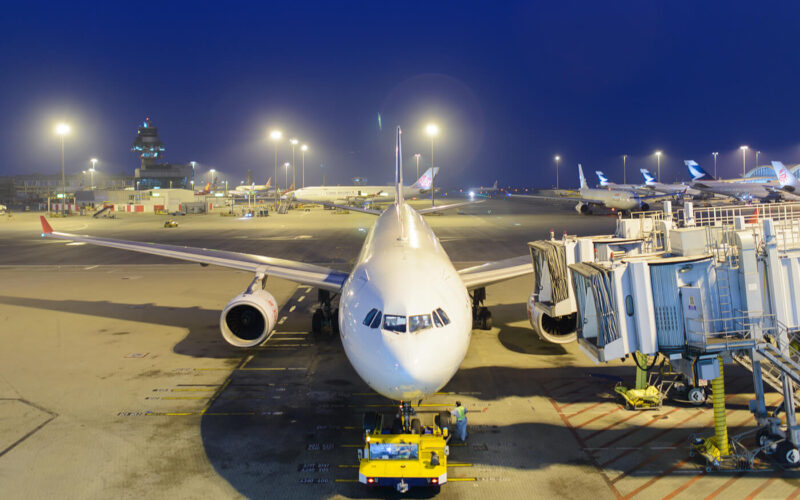Airbus A330 is the European manufacturer’s most successful wide-body jetliner family, which has so far sold over twice as well as its other wide-body options. The New Engine Option series, the current generation of airliners based on the classic A330s, are just taking off, but so far they still have a long way to go to achieve the predecessors’ glory, at least in sales books.
A330neo not replicating the CEO success?
Airbus has sold 1,823 aircraft across all the A330 variants, making the family Airbus’ best-selling wide-body aircraft. In comparison, other wide-bodies by the same manufacturer, the A340 and A350 families, have accumulated 377 and 935 orders respectively (as of January 31, 2020). That is not to mention the A380, which was canceled due to the lack of orders.
However, the splendid A330 order book is mainly supported by the two classical passenger aircraft versions, the A330-200 and A330-300. Together they accumulated 1,445 orders before being replaced by the improved, New Engine Option (neo) series. The A330neo, however, so far has only landed 337 orders.
The A330neo family encompasses two wide-body jet airliners. The first one to enter service, the A330-900, is based on Airbus’ most popular wide-body ever, the A330-300.
The re-engined airliner made its first flight in October 2017, and after receiving clearance by authorities the following year, entered commercial passenger service with TAP Air Portugal in late 2018.
So far, Airbus has landed 323 orders for the jet as of January 31, 2020, the manufacturer’s books indicate. Currently, the biggest A330-900 customer is AirAsia X, which is currently responsible for almost a quarter (78 aircraft) of the total bookings.
Deferred deliveries and production cuts?
However, due to ongoing novel coronavirus Covid-19 outbreak and subsequent slump in travel demand, AirAsia X CEO Benyamin Ismail revealed in late-February 2020 that the airline was deferring upcoming A330neo deliveries. The airline was looking for ways to employ narrow-body aircraft, namely Airbus A321, on “thinning” routes that had previously been served with A330.
In response, Airbus is reportedly considering cuts of the A330neo production rate, Bloomberg reported on March 4, 2020, citing sources familiar to the matter. The decision could come as early as later in the month, as also outlined in the publication.
In 2019, the manufacturer delivered 41 A330neo aircraft.
A330-800: still doesn’t sell, but flies?
Airbus’ newest addition to the family, the A330-800, also stands in sharp contrast to the previous generation when it comes to sales.
After starting its flight test campaign in November 2018, the Airbus A330-800 received its joint-type certificate from the European Union Aviation Safety Agency (EASA) and the Federal Aviation Administration (FAA) on February 13, 2020.
The A330-800 is a successor of the A330-200. The two aircraft share similar specifications in terms of seating capacity: -200 seats between 210-250 passengers in three-class configuration, while -800 seats between 210-260; both aircraft can accommodate up to 406 passengers in a high-dense configuration. But while the older aircraft has a range of 13,450 km, the new airliner has a longer range and can fly 15,094 km.
However, despite all the upgrades, one thing the -800 does not share with its predecessor is the success in sales. While Airbus sold a total of 660 A330-200s throughout its production years, A330-800 orders as of January 31 stood at a modest total of 14. The only airline which has shown higher interest in the airliner is the launch customer Kuwait Airways, which has an order for eight aircraft. Uganda Airlines is waiting for two airliners, while four more planes were ordered by undisclosed customers.

